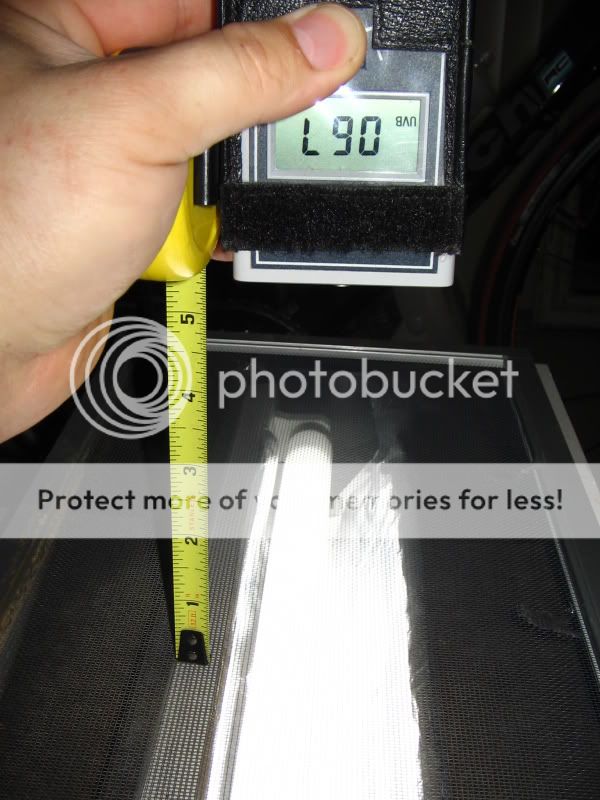summoner12
Avid Member
Today I took some readings on a 18" linear tube fixture. I wanted to give people an idea of what to expect with some real world application. The two lamps I tested have about 1.5-2 months of use on the clock (UVB output drops as the lamp ages). The reflector aluminum foil from the kitchen. You will see two different readings if the shiny side is face up or if the more dull side is face up. the dull side works better.
I did 8 readings at 6" from the lamp. When using the screen to cover the fixture I measured 5.5" from the screen since the lamp sits half an inch from the screen.
5.0 Zoo Med Reptisun lamp:
10.0 Zoo Med Reptisun lamp:
Here are the readings from the 5.0 lamp:
(Sorry the meter reading is upside down....)
Without reflector, 26:

With reflector, 51:

Without reflector and screen, 18:

With reflector and screen, 34:

Here are the readings from the 10.0 lamp:
Without reflector, 52:

With reflector, 110:

Without reflector and with screen, 35:

With reflector and with screen, 67:

I did 8 readings at 6" from the lamp. When using the screen to cover the fixture I measured 5.5" from the screen since the lamp sits half an inch from the screen.
5.0 Zoo Med Reptisun lamp:
- Without reflector
- with reflector
- without reflector and with screen
- with reflector and with screen
10.0 Zoo Med Reptisun lamp:
- Without reflector
- with reflector
- without reflector, with screen
- with reflector, with screen
Here are the readings from the 5.0 lamp:
(Sorry the meter reading is upside down....)
Without reflector, 26:
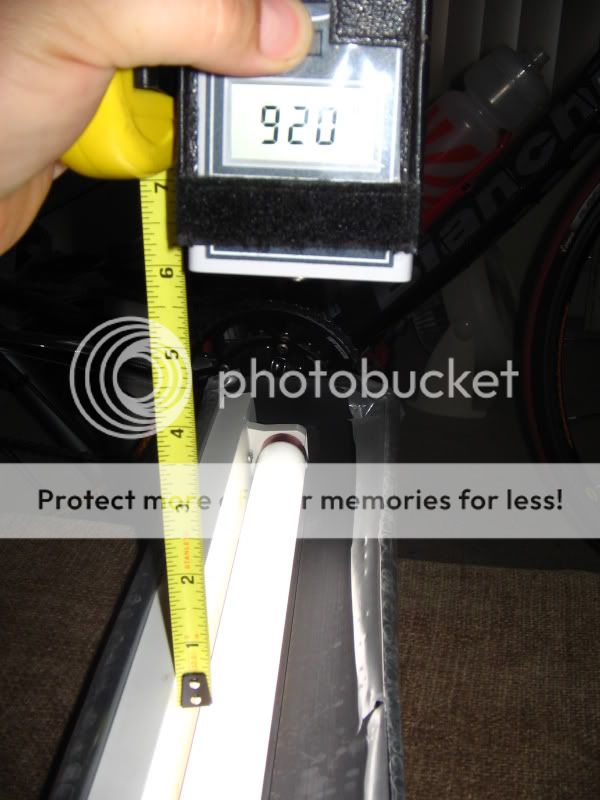
With reflector, 51:
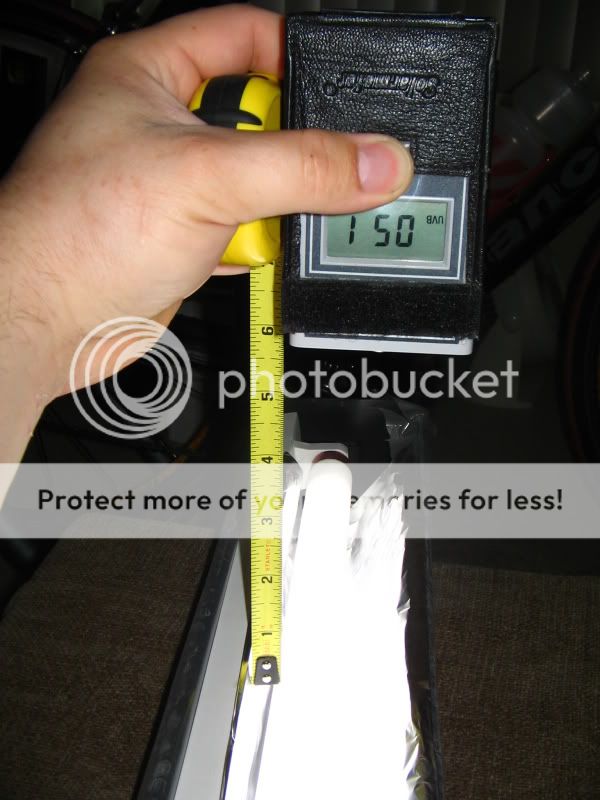
Without reflector and screen, 18:
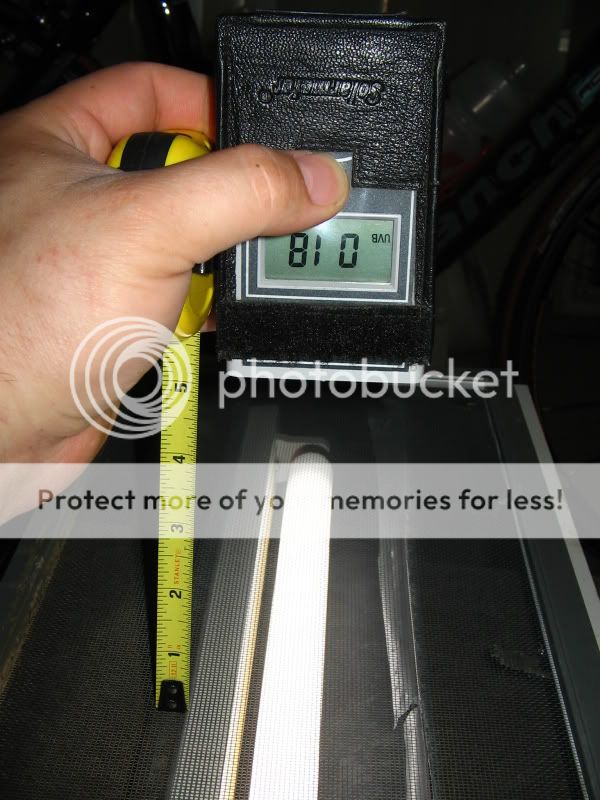
With reflector and screen, 34:
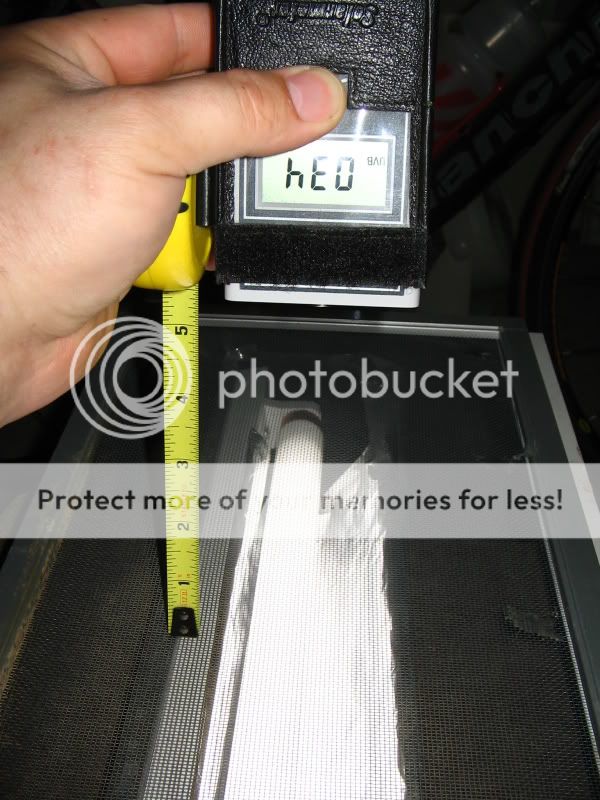
Here are the readings from the 10.0 lamp:
Without reflector, 52:
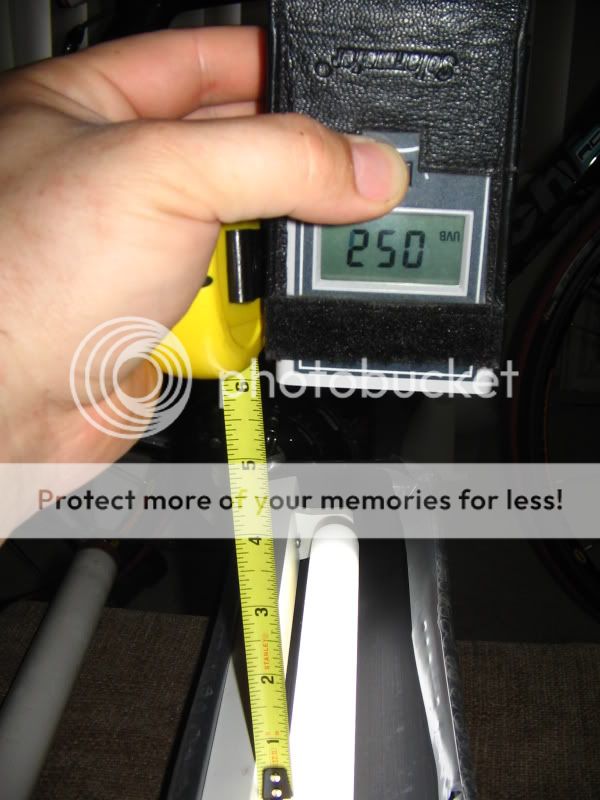
With reflector, 110:
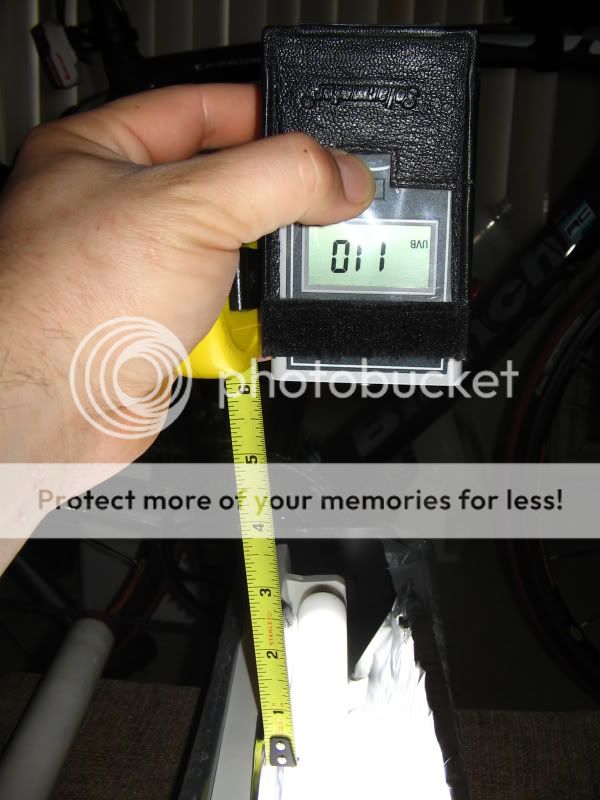
Without reflector and with screen, 35:
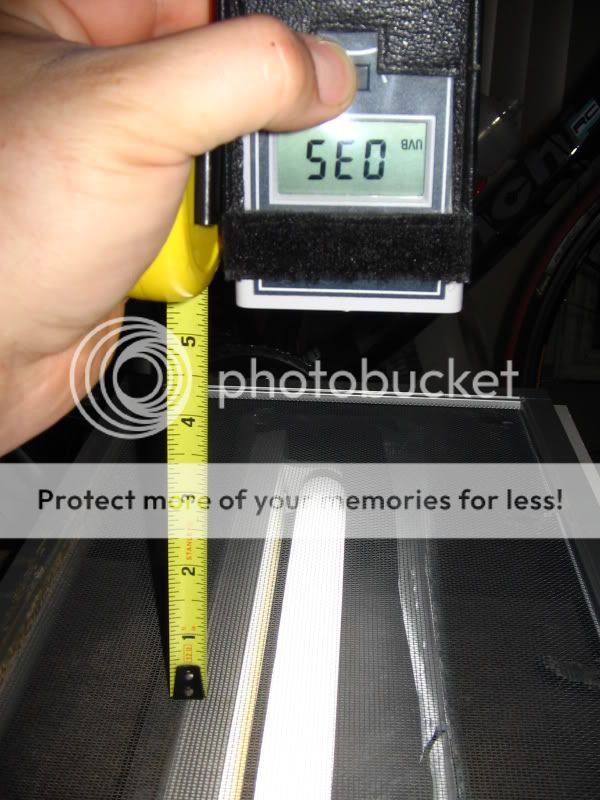
With reflector and with screen, 67:
